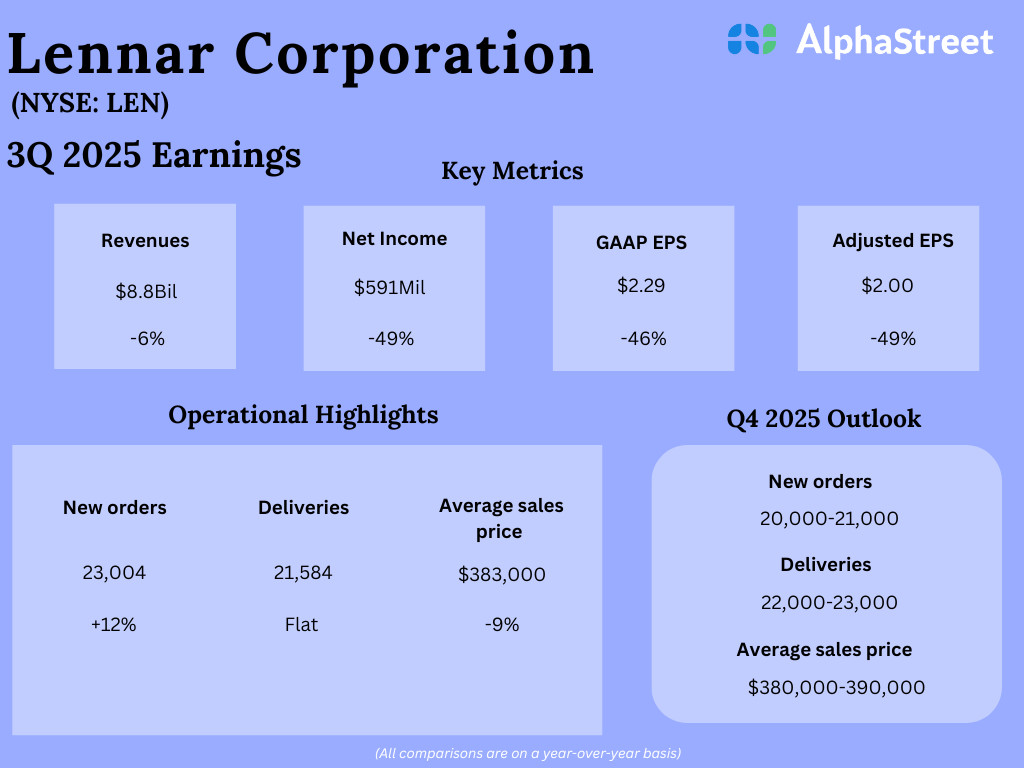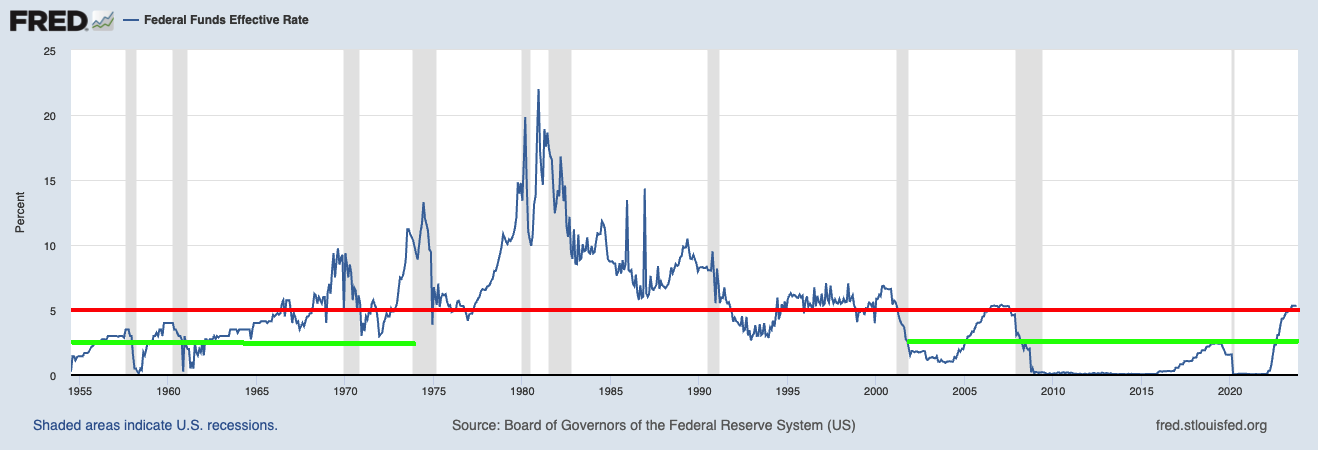Regular readers know that we don’t get distracted or unnerved by dropping stock prices. It’s natural to feel a bit panicky. You know how many of our article titles on gene-sequencing stocks last year were variations on: “XXX Stock Plummets: Why We’re Not Jumping to Our Death?” About 15% of our Nanalyze Disruptive Tech Portfolio is weighted in life sciences – and nearly all of that is linked to gene-sequencing stocks. If you’re in it for the long haul, you don’t bail unless you’ve lost faith in your investment thesis. We still believe genomics and gene-sequencing technologies will be key drivers in areas like precision medicine and longevity, especially in monitoring and treating diseases such as cancer.
The market leader in next-generation sequencing, Illumina (ILMN), has looked like anything but that with its failed GRAIL acquisition last year. A couple of competitors playing the long game with long-read sequencing (LRS) appear to be gaining traction. While we like Pacific Biosciences (PACB) – another failed Illumina acquisition – we ended up committing to Oxford Nanopore Technologies (ONT.L).

The company recently released its year-end results for 2022. So, it’s time to check in on the revenue growth story, analyze the emerging markets for Nanopore and its eponymously named sequencing technology, and see where it currently stands against Illumina and PacBio.
Long-Read Sequencing Revenue Up 30%
ONT had total revenues of about $242 million, which includes about $62 million in a one-off contract settlement related to covid-testing services to the U.K. government. (Oxford Nanopore is a British company, so all charts are in pound sterling, but we’re using USD for our U.S. majority readership. All totals are round numbers based on the currency conversion rate as of March 25, 2023.) That means actual revenue was about $180 million, a 16% increase from 2021. Subtract out regular covid testing and its ongoing contract for the United Arab Emirates Genome Program (EGP), and the company’s core Life Science Research Tools (LSRT) revenues tipped in at about $131.5 million, a 30% jump.

That’s an encouraging number. We also like the fact that 76% of LSRT revenue comes from consumable sales and that the company has increased its customer base by nearly 25% year over year. All those new acquisitions are expected to drive up consumables sales this coming year. Oxford Nanopore breaks down those customers into three tiers based on how much money they’re spending.

While average spending per customer is down, that’s largely the result of adding more than 1,900 new accounts across the board. For example, for the biggest spenders who were in the S3 group in both 2021 and 2022, average revenue per account increased by 18% in the year to $898,000. Add in a gross margin of more than 56% and more than $680 million in the bank, and Oxford Nanopore appears to be in a good place entering 2023. Indeed, the company is predicting its annual LSRT revenue outside of covid and EGP will continue to increase at a 30% clip into the mid-term future. Meanwhile, covid revenues will be negligible by next year, which is also when EGP wraps up.
Latest Total Addressable Market for Oxford Nanopore Stock
This is also a good time to revisit our assumptions on the total addressable market (TAM) for Oxford Nanopore stock, especially since the company revealed its roadmap into new markets during this month’s earnings call. Oxford Nanopore itself says the current opportunity is just north of $6.2 billion (we’re assuming this refers to long-read-only sequencing technology).

However, the opportunity is potentially much bigger, given that Oxford Nanopore’s customer focus thus far has largely been on the research side. You can see this by the fact that a key metric tracked by the company is the number of peer-reviewed publications that feature results using its nanopore sequencing platform – about 3,000 papers in 2022 alone. (Nerds!) Now, there is a strong shift to provide diagnostic services using genetic sequencing technologies. We’ve seen a ton of companies with similar aspirations apply genetic-testing techniques in markets that include organ transplants, liquid biopsies, and genetic screening, among other applications.

Previously, we estimated a $4 billion TAM for organ transplant diagnostics, while genetic screening is somewhere between $8 billion and $18 billion, depending on what market report and timeframe you believe. However, the big money is likely in cancer diagnostics. Oxford Nanopore is certainly playing up the ability of its platform to analyze methylation, a chemical process that can alter gene expression. DNA methylation causes cell abnormalities that may lead to various diseases, especially cancer. The company is also working with a number of other biotechs to develop early-detection systems for cancer by identifying tumor fragments of cancer cells in blood samples. For example, a company called Cyclomics is developing a highly sensitive method for detecting cell-free cancer DNA on the MinION, a portable sequencing device made by Oxford Nanopore that is not much bigger than a thumb drive.

Another emerging market for the company, according to Oxford Nanopore, is in a relatively new sector of pharmaceuticals and biotechnology called biologics. These products, as the name suggests, use biological materials like proteins or nucleic acids to synthesize new types of drugs and vaccines. Probably the most famous one up to this point has been the mRNA covid vaccine. These products tend to be heat sensitive or susceptible to microbial contamination, so ONT’s platform can serve as a quality control tool in the manufacturing of biologics.
A couple of caveats here: First, many of these applications are still in the early stages, and the total market-earning potential for Oxford Nanopore is still unclear because we need to distinguish between long-read applications and what can already be accomplished sufficiently with existing short-read technologies. Second, there are a bunch of companies competing in these emerging markets, such as Guardant Health (GH), a leader in liquid biopsies. More pertinent to Oxford Nanopore stock is the performance of its two closest competitors, Illumina and PacBio.
Oxford Nanopore Stock Versus Illumina
We’re MBAs, not geneticists, so we’re about as qualified to talk about the complexities of sequencing genomes as we are about the physics behind the perfect curveball. But one oversimplified way to look at the difference between short- and long-read sequencing is that the former is like a 500-piece puzzle and the latter is a 500,000-piece puzzle (give or take an order of magnitude). The first one will be easier and quicker to assemble, but you’ll get a more detailed picture with the other one, even though you’ll lose a few puzzle pieces along the way.

There are a few academic papers out there making comparisons. For example, a 2020 paper compared the results between Illumina against Nanopore for gene sequencing bacteria that hang out in the human nostril. In that case, the nanopore platform, which involves threading single DNA strands through extremely tiny pores in a membrane and measuring differences in electrical effects as they pass through to identify the base pairs, worked well enough but still required “thorough validation.”
Three years is a lifetime in biotech, and the Nanopore platform is improving and has extended its capabilities to sequence short fragments of DNA and RNA, with the goal to offer a sub $200 genome. On the other hand, Illumina just released a product that features both long- and short-read sequencing in one instrument. However, the jury is still out on how it stacks up against the Nanopore platform. CEO and co-founder Dr. Gordon Sanghera didn’t seem too concerned during the March 21 earnings call with analysts.
[M]y understanding is Illumina’s Infinity is coming in around $1,000 to run a long read. And the read is relatively small when you think about what we can do, anything from 20 bases up to a million. So I don’t know what impact that will have.
Oxford Nanopore CEO and co-founder Dr Gordon Sanghera
He went on to suggest that Illumina’s technology might be a way to recruit customers over to the dark side long-read sequencing, eventually leading them to the superior platform in Nanopore.
Just to make things even more confusing, Illumina estimates their total addressable market to reach $120 billion by 2027. Let’s assume that’s inclusive of long-read sequencing. So, what’s the actual opportunity for long-read sequencing vs short-read sequencing? Is this a BETA vs VHS situation, or will each method end up with its own set of applicable use cases?
Oxford Nanopore Stock Versus PacBio
Dr. S was a bit more circumspect about PacBio.
We’ll see how that plays out in the marketplace. There’s a lot of noise coming out from PacBio. We shall see how customers respond and we will continue to keep our heads down and focus on our own launches.
Oxford Nanopore CEO and co-founder Dr. Gordon Sanghera
For a while, PacBio stock was hot until it was not, thanks largely to “the Ark effect.” Reputedly more accurate than Nanopore, its long-read sequencing technology involves using a very fast movie camera, a microscope, and fluorescence. It uses a particular kind of molecule that makes new copies of DNA in cells and tags each base letter with a bright dye. It worked well enough to get published in a little journal called Science.
But revenue growth stalled in 2022 (down 2%, to be technical) and losses piled up to more than $300 million last year. It seems that PacBio also needs to keep its head down and focus. Our last check in – Pacific Biosciences Stock Falls While Revenue Rises – was a year ago, so we might revisit them in a future article.
Conclusion
This check-in with Oxford Nanopore stock leaves us feeling pretty good about where things are headed with this company. Adoption of its core long-read sequencing technologies appears to be accelerating, and one-off revenue contributions from covid and EGP are no longer muddling the picture. Illumina appears to be too distracted with activist investors and there’s not been much noise regarding its new long-read sequencing technology, which is still well short of the capabilities of nanopore sequencing technology, as we understand it. However, we won’t know for sure until the community has a chance to kick the tires a bit. PacBio remains a wild card, but the stalled revenue growth is a welcome red flag to investors in Oxford Nanopore stock.
Tech investing is extremely risky. Minimize your risk with our stock research, investment tools, and portfolios, and find out which tech stocks you should avoid. Become a Nanalyze Premium member and find out today!
















